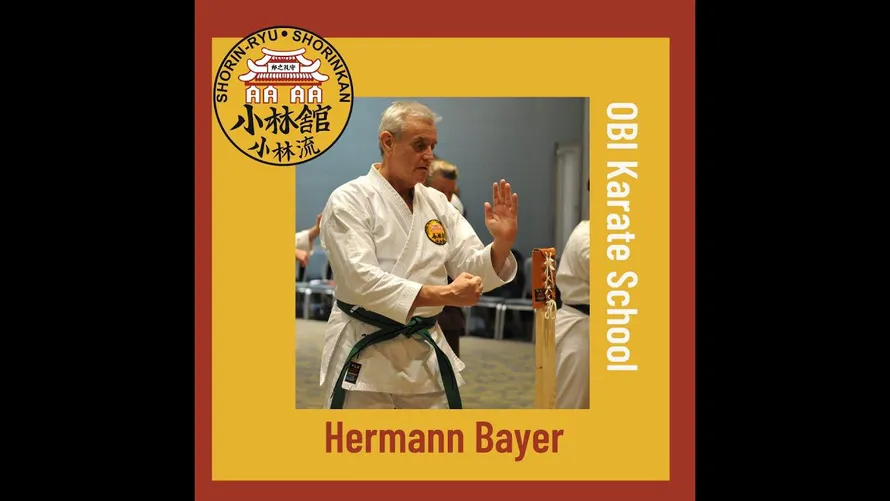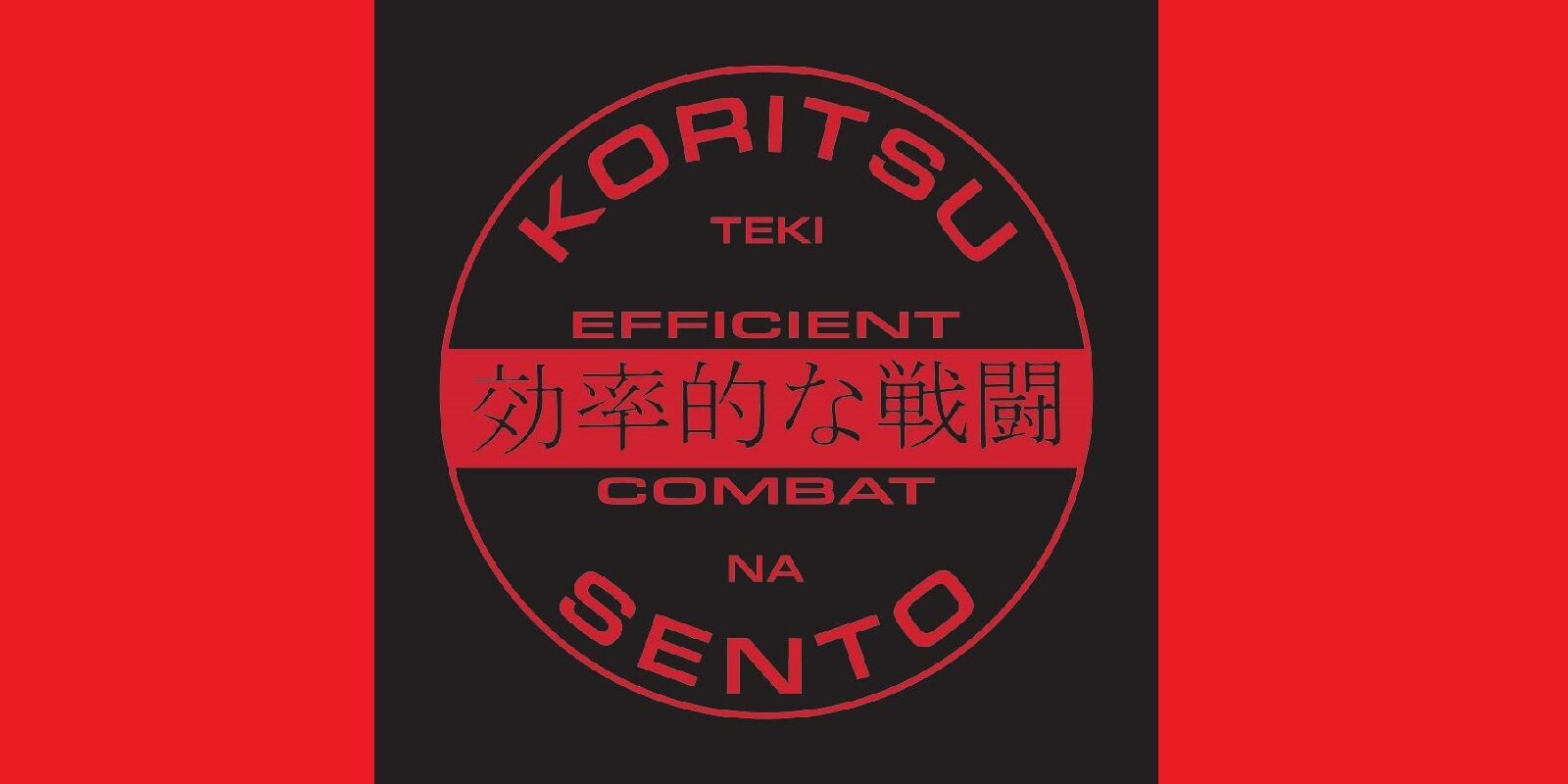November 03 | 2021

Karate has become a kind of shorthand for all martial arts in the mind of the general public, and so it is surprising how much we don’t know about it. The new book Analysis of Genuine Karate – Misconceptions, Origins, Development, and True Purpose by Hermann Bayer, Ph.D. is a fascinating read and will open the reader’s mind to a new way of looking at Karate. Dr. Bayer spoke with me recently and shared his inspiring and fascinating thoughts on the way Karate is taught, the application of technique, and martial arts as we age.
Introduction to Karate
In the early ’80s, after learning that a friend had suffered a violent attack, Dr. Bayer began studying Karate to learn how to defend himself. After studying for some time, Dr. Bayer discovered that he may have been on the wrong path. “Way later, I realized that I didn’t learn fighting at all. I learned Karate-Do, with its philosophical superstructure of Do, so health improvement, character development, and, of course, physical ability.” Eventually,Dr. Bayer discovered traditional Okinawan Karate, found it very different, and made a change. “In a traditional Okinawan dojo, I experienced that I couldn’t hold my own in any Kumite setting with folks who are familiar with traditional karate. I had to re-start and re-learn, and I think today that I’m closer to where I wanted to be in terms of fighting capabilities.”
Sport Karate and Okinawan Karate
Is there much of a difference between Karate for sport and Karate for fighting? There is. Dr. Bayer explains, “As soon as you learned the moves, and you got the flow of the kata, you moved on to the next one, but you didn’t learn what they call, bunkai: application of kata in practical self-defense situations. We didn’t learn that in those days.”
Some students may want to study the sport aspects, but if other students are seeking the fighting applications of Karate, then Dr. Bayer advocates the Okinawan systems. “The three Okinawan systems; Shorin Ryu, Goju Ryu, and Uechi Ryu, and they have sub-categories under each of these main families, they all teach Bunkai and application.”
Even though he is an advocate of the Okinawan systems, Dr. Bayer stresses the necessity of how a student trains despite a particular system. “Martial art systems are like a language, and you can use different languages to express the same thing. Sometimes people ask what style do you train? It doesn’t matter what style you train. If you train combat or fighting application, it doesn’t matter what system. They all basically teach the same approach.” And Dr. Bayer strongly advocates finding a good teacher. “The most important thing, I think, is that you train with a sensei who uses logic in the movement. Not some artificial dance-like moves, but practical applications based on logic and the physiology of the human body. The truth, unfortunately, is that not too many sensei have practical fighting experience, and you can see that.”
In clarifying his position regarding the difference between sport Karate and fighting application, Dr. Bayer is careful to point out that he does not minimize a practitioner’s choice, or the demands and dedication necessary to excel at sport Karate. “We saw outstanding performances in the Olympics. They are extremely capable athletes. I have the highest respect. It’s just not fighting.” Dr. Bayer sums up his position succinctly, “As soon as you imply rules into a fighting situation, it is a game.”
Philosophy of Martial Arts

The way a student studies martial arts will have a great impact on their experience and how martial arts will affect their life. Dr. Bayer has an interesting philosophy with important points to consider regarding achievement, such as belts, and the lifetime pursuit of a martial art career.
Belts are universally recognized as symbols of martial art achievement. The belt system in martial arts has been so popular that industries and businesses have begun adopting them. Although achieving belts can be a good way of gauging a student’s progress, Dr. Bayer sees two distinct milestones during the journey, “In my view, the two belts of utmost importance are your first white belt showing that you begin to train and your first black belt indicating that you begin to understand.”
Karate has been a lifelong pursuit for Dr. Bayer, and he shows no signs of letting up. At age 72, he regularly teaches and still competes. He has a very simple message for everyone as they age, “You don’t have to stop by getting old.” And although he is an advocate for Okinawan Karate, he encourages older students to seek whatever may interest them and keep them active. “It’s never too late, just start. Look around there are dojos everywhere, close to you. Go to Tai Chi, go to Yoga, go to Karate.” Sage advice from a great martial artist.
To buy Dr. Bayer’s book, click here
